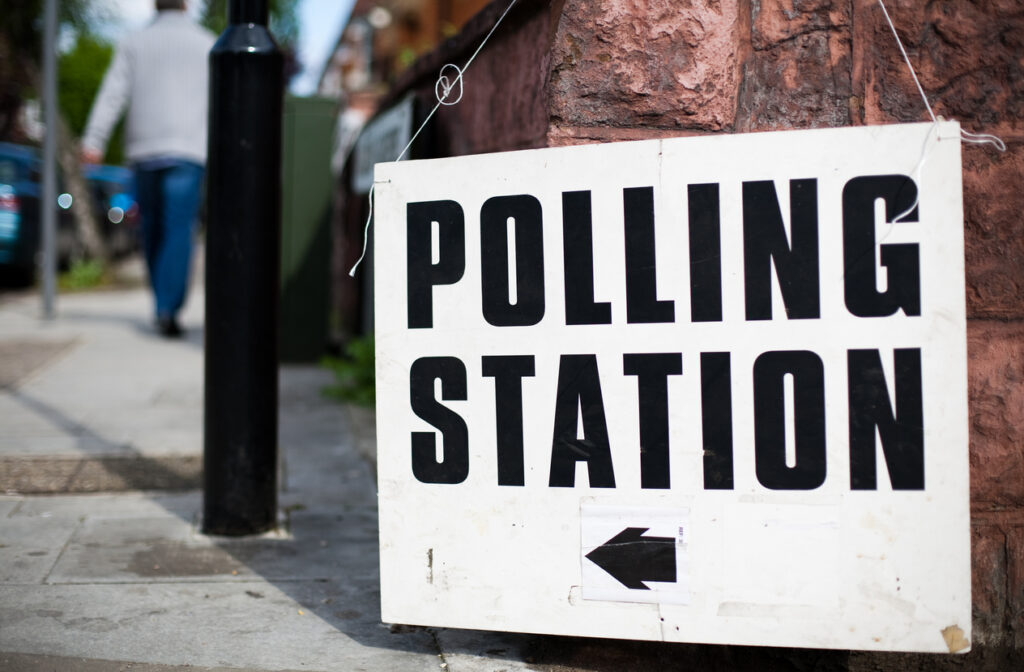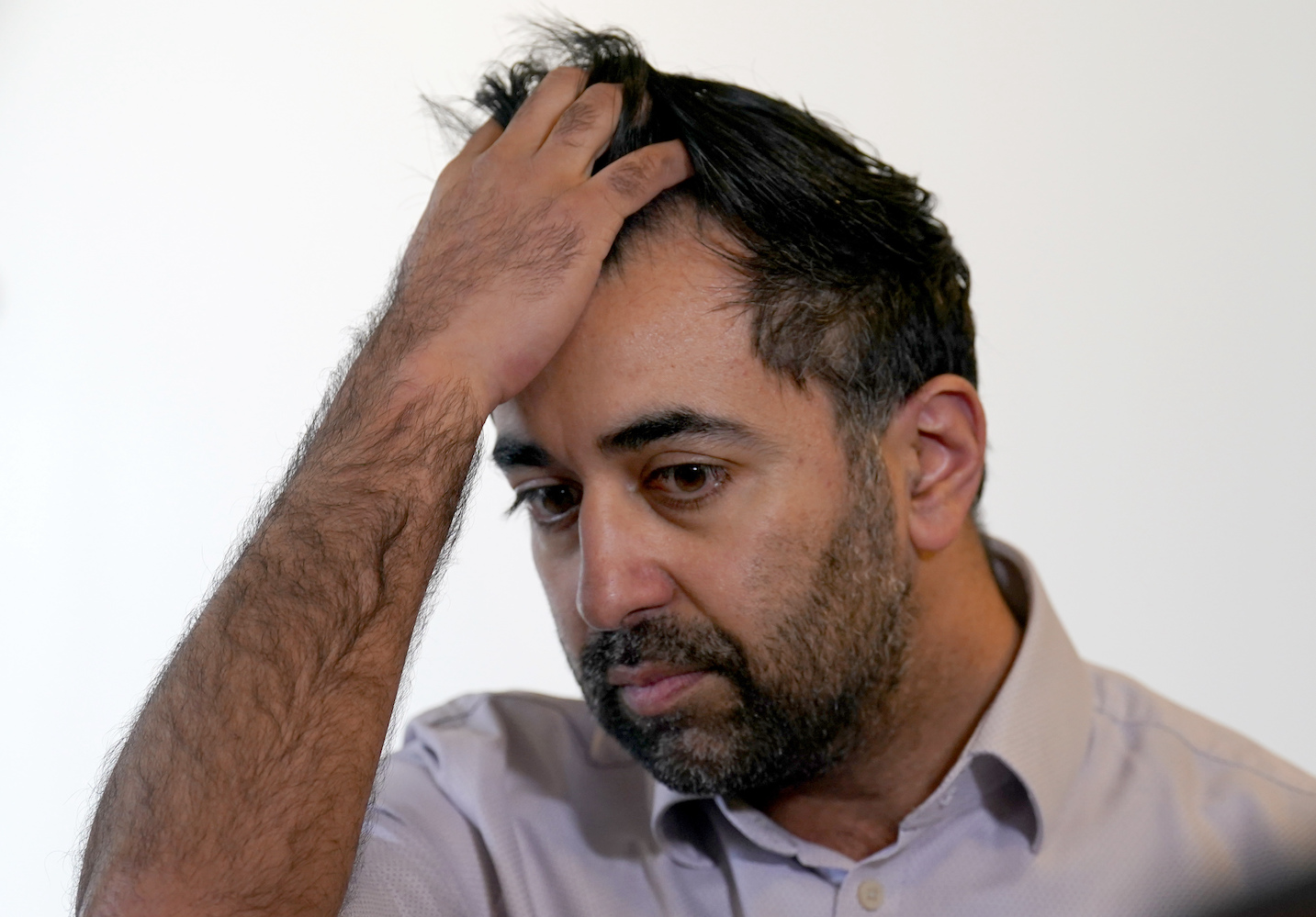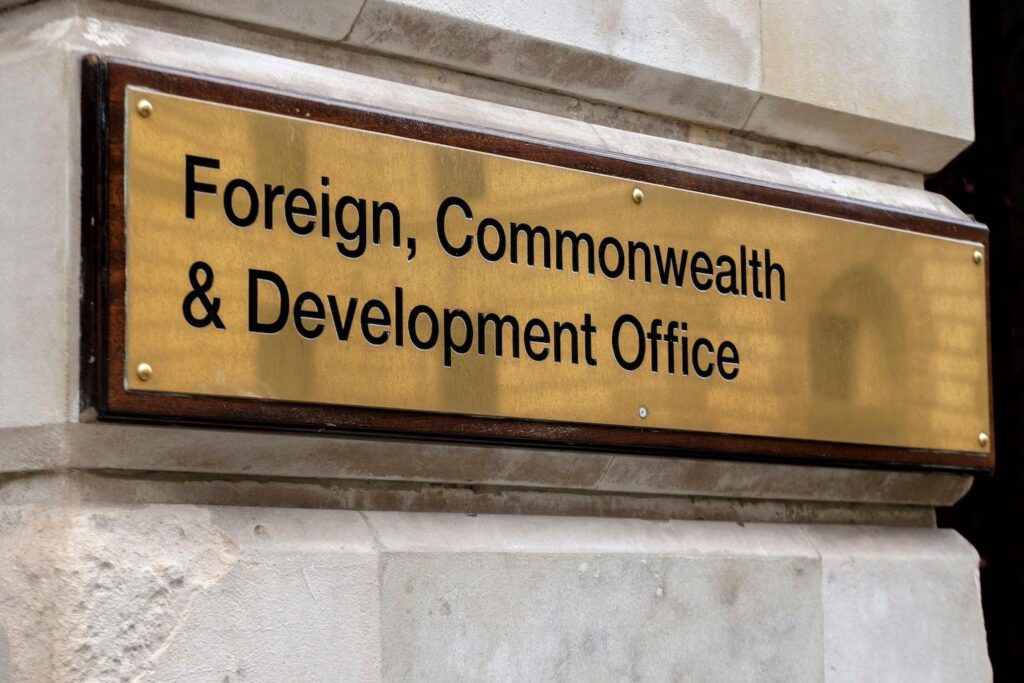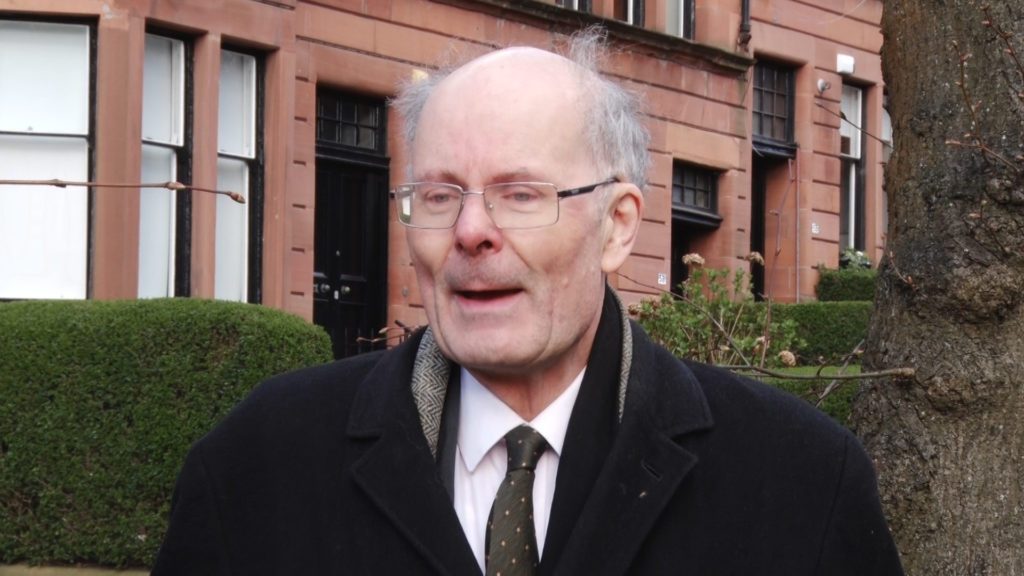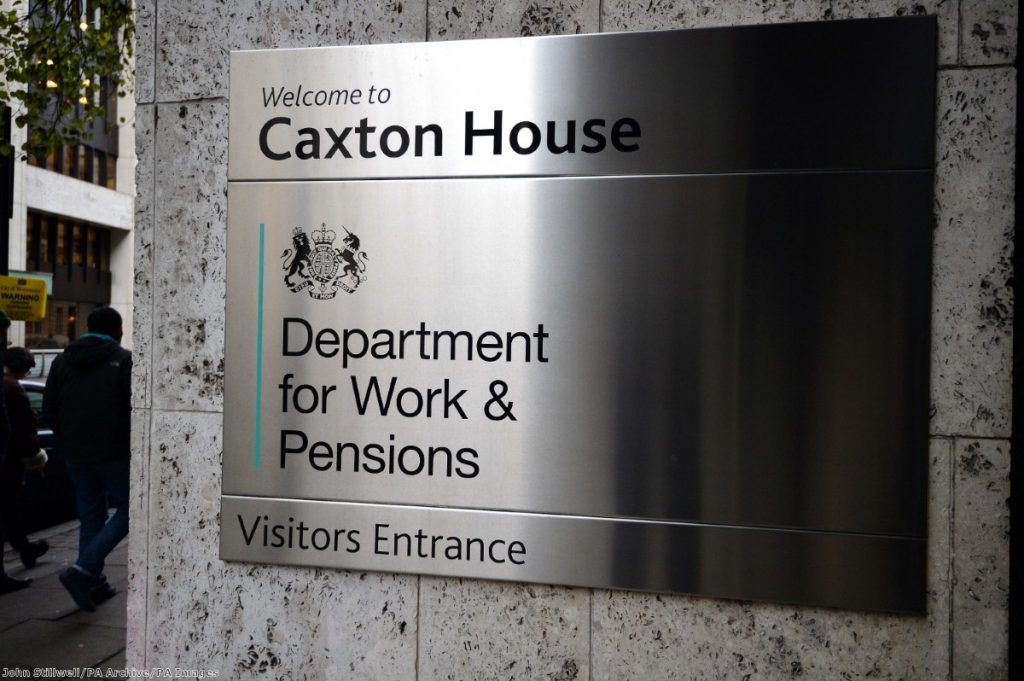How many nuclear power plants are there in the UK?
Nuclear power is a means of generating electricity. Through a process called fission, uranium fuel is used to split atoms. This releases large quantities of heat energy which turns water into steam, spinning turbines to generate electricity.
In 2023, there were 6 active nuclear power plants in the United Kingdom. In 2023, nuclear power contributed 15.5% of the UK’s electricity, with the existing plants able to contribute 20% of energy needs as required.
The 6 active plants include Hunterston on the west coast of Scotland, Torness on the south east coast of Scotland, Heysham on the north west coast of England, Sizewell in East Anglia in England, and Hinkley Point in the south west of England.
In 2020, nuclear power accounted for 20% of the United Kingdom’s electricity generating capacity. However, half of that existing nuclear capacity was set to be retired by 2025.


Accordingly, the UK government is committed to deliver a further eight new reactors over the next decade. A New reactor, Hinkley Point C, is already under construction. In July 2022 a further reactor at Sizewell C on the Suffolk coast was also approved.
The government also wants to roll out a programme of Small Modular Reactors (SMRs). These work in the same way as conventional nuclear reactors, albeit operate on a smaller scale.
Nuclear power around the world
Around the world, there are currently over 400 nuclear reactors at work. Nuclear power is said to be responsible for generating 11% of the world’s electricity.
Alongside the UK, China, the USA, Russia, France, Canada, and Brazil all have substantial civil nuclear programmes. Totaling 99, the largest number of nuclear plants is found in the United States of America.
Within Europe, France is particularly invested in nuclear power. In 2019, nuclear power accounted for 74.8% of France’s power generation capacity. The country had 58 nuclear reactors. The Gravelines Nuclear Power Station located on the French side of the Channel near Calais is the seventh largest power station in the World and the largest in Western Europe. This one site accounts for 6% of France’s entire electricity production.
The case for nuclear power
The proponents of nuclear power stress how the technology does not lead to carbon dioxide emissions as a by-product of electricity generation. This has allowed the nuclear sector to present itself as a strong potential component of any energy generation pathway that is not reliant on fossil fuel.
Due to its efficiency and impressive output of energy, Nuclear is considered a good way to meet the legally binding carbon emission reduction targets set by the government for 2030. It also requires significantly less land than that needed by solar and wind farms to reach the same level of output.
Although nuclear plants are expensive to establish and decommission, the industry is said to experience low operating costs. Nuclear energy requires limited quantities of fuel, something that is said to reduce the mining and transportation effects on the environment.
The civil nuclear sector has also presented itself as an important employer, particular in the north west of England. Those supporting the expansion of the nuclear sector, point to the way that it can work as both a solution to climate change, and one that brings jobs and fuels the economy in the wake. It is claimed that the nuclear industry leads to high technology scientific research that benefits wider areas.
It is argued that developing the UK’s capacity to generate nuclear power is something that will reduce the country’s dependence on energy imports, thereby increasing energy security, and reducing any risk that power supplies might be impacted in a crisis.
Arguments against nuclear power
Those opposed to nuclear power deploy a varying number of reasons against the nuclear industry. These can be grouped in terms of environment concerns, cost concerns, and safety concerns.
Environment critics point to the large amount of radioactive waste that is generated by the nuclear sector, equating to as much as 20 tonnes per plant per year. Campaigners have argued that disposing of nuclear waste generates further safety issues. Burying waste deep underground poses issues about the need to highlight these stores to future civilisations, and to potentially earthquake proof the waste disposal site.
Other environmental campaigners point to the long timeframes required to build nuclear plants as a result of complex technological requirements. Selecting an appropriate location for a nuclear power plant that meets all the requirements is also difficult. It is argued that the time required to set up more nuclear power stations is time that doesn’t exist if countries want to avoid a climate emergency, particularly given the comparative speed with which wind and solar farms can be established.
Some environmental groups have also questioned the environmental credentials of nuclear power. Despite lower carbon dioxide emissions, many nuclear plants release water vapour into the atmosphere, which is also a greenhouse gas. Mining uranium also requires a lot of energy and is increasingly difficult to do, which risks offsetting the benefits of nuclear power both in terms of energy and carbon dioxide emissions. The mining of uranium has also been linked to heightened cases of lung cancer amongst those involved.
Other critics of nuclear energy have pointed to the costs associated with the sector. In 2007, the Department of Trade and Industry estimated that it would cost £73 billion to run the UK’s existing plants until the end of their lifespan and subsequently decommission them. In 2019, the World Nuclear Industry Status Report stated that nuclear power is more expensive than renewables. Nuclear energy is said to cost around $112-189 per megawatt hour (MWh) compared to $26-56MWh for onshore wind and $36-44MWh for solar power.
One of the most common arguments against the sector relates to concerns around nuclear safety. Although many of the total nuclear accidents occurred in the early years of the nuclear programme, opponents of nuclear power point out that around 1% of the word’s nuclear plants have had significant accidents. Moreover nuclear accidents have the potential to be disastrous for people and the environment, contaminating hundreds of square miles with radioactive material.
In recent years, worries have been expressed about the possibility of terrorism, including cyber-attack, targeting a nuclear facility.
Although nuclear plants take extensive precautions to block radiation, concerns have historically been expressed about the potential exposure of both plant workers and local communities to radiation. The Committee on Medical Aspects of Radiation in the Environment (COMARE) reported in 2003 that there was a slightly higher-than-average incidence of cases of leukaemia and non-Hodgkin’s lymphoma around some nuclear sites, although stated that the reasons for this were unknown.
Finally some argue that civil nuclear programs may lead to more countries developing nuclear weapons, due to relevant technologies and materials becoming more commonplace. For example, uranium imported apparently for power generation can be secretly enriched to the standard required for weapons. For those coming from this perspective, the argument follows that countries such as the UK should not encourage this by overly relying on nuclear power themselves.
History of nuclear power in the UK
1954-1979
Following developments in the science around nuclear processes, the UK decided to use it to generate electricity, establishing the United Kingdom Atomic Energy Authority (UKAEA) in 1954. Two years later, the first nuclear power station began to produce electricity.
The UK was the first country to use nuclear power for civil rather than military purposes, beginning to use nuclear fission to produce electricity in 1956 in publicly owned plants.
1980s and 1990s
The last two decades of the Twenty First Century saw increased enthusiasm for nuclear energy, triggered by the government’s decision to set up a long-term nuclear programme to replace fossil fuels as the main source of energy in the country. Although the programme was never fully developed, the nuclear sector’s share of the total energy produced in the UK kept growing, reaching its peak in 1995. The industry was privatised in 1996.
2000s
The UK government adopted a cautious attitude towards nuclear power during the early part of the Twenty First Century, deciding not to expand the sector when evaluating energy sources in 2002 and 2003.
In 2006, a government Energy Review was considered to be taking a more favourable approach to the construction of new nuclear plans. This triggered a strong response from some environmental activists. The campaign group, Greenpeace, successfully challenged the 2006 Energy Review’s statements on nuclear waste disposal in a legal case.
In 2007, the government published a White Paper supporting private investment in nuclear power.
2010s
In 2010 permission was granted by the UK government for the construction of eight new nuclear power plants in the UK, although it was uncertain if they all will be built due to two major private suppliers pulling out of the plans.
EDF, an energy company 80%-owned by the French state bought a majority stake in British Energy, the private operator of British nuclear power.
The Scottish devolved government, however, decided not to allow any more new nuclear power stations to be built in Scotland.
The 2011 nuclear accident at Fukushima in Japan brought back concerns over the safety of nuclear power plants, significantly slowing the process of planning the expansion of the sector in the UK.
The development of a new plant in Somerset, Hinkley Point C, has been surrounded by controversy due to the long delays and high costs involved. Initially supposed to start operating in 2017, it is now predicted to take until 2025 before the plant supplies electricity to the national grid.
Nuclear power stations had been being built under arrangements that involved ‘contracts for difference’. Under these schemes, the governments sets a long term ‘strike price’. If the market price of electricity falls below the strike price, the Government makes up the difference. If the price is above the strike price, the private developers such as EDF Energy must pay back the difference.
Recent announcements
In October 2021, the Government announced that it would put forward new legislation to introduce a new financing model for new nuclear plants. The Nuclear Energy (Financing) Bill sought to allow the regulated asset base (RAB) financing model to be used to fund new nuclear. The RAB model, which has been used to finance water, gas and electricity infrastructure, aims to bring down the cost of financing by sharing the investment risk with consumers.
- The Government has claimed that the overall, the lower cost of financing the project is expected to lead to savings for consumers of at least £30 billion on each nuclear project.This is compared to an estimate of what consumers would pay if the projects were funded through contracts for difference.
- In its 2021 Autumn Budget and Spending Review the Government said it would invest £1.7bn to enable a final investment decision for a large-scale nuclear project in this Parliament. It also laid out plans for a new Future Nuclear Enabling Fund of £120 million, which aims to address barriers to entering the sector.
- The Budget and Spending Review announced £385m for advanced nuclear research and development., with the aim of developing small modular reactor (SMR) and an advanced modular reactor (AMR) demonstrator. SMRs use similar reactors to those used in current nuclear power stations, but on a smaller scale. They are modular because their components can be manufactured in factories then assembled on site. AMRs are reactors which use novel cooling systems or fuels.
- The Government also aims for the country to have a commercially viable nuclear fusion power plant by 2040. (As opposed to nuclear fission).
In the May 2022 Queen’s Speech, the government laid down plans for a new Energy Security Bill. This followed the pledge at the COP26 in Glasgow to build up to 8 more nuclear power stations in the UK in the years ahead.
- Nuclear accidents
The largest nuclear accident in the UK occurred at Windscale (now known as Selafield) in 1957 when a fire at the plant’s nuclear reactor burned for three days and caused radioactive fall out to spread across the United Kingdom and Europe. Other smaller incidents include accidents at the Chapelcross plant in 1967 and 2001. The Sizewell A plant also suffered an accident during its decommissioning, when 151,500 litres of irradiated water spilled out of a cracked pipe.
Abroad, there have been three major nuclear accidents. The first was at Three Mile Island in the US in 1979, when a meltdown caused substantial damage to the plant but no fatalities. The other two accidents caused much more damage.
At Chernobyl in 1986, an uncontrolled chain reaction caused the reactor to release huge amounts of heat and radiation. The impact was catastrophic, with over 200 cases of acute radiation sickness among the plant workers and emergency responders, as well as many fatalities among the people tasked with dealing with the radioactive contamination in the aftermath of the accident. The precise number of victims is unknown, with more thought likely to die prematurely because of their radiation exposure.
More recently the Fukushima disaster was triggered by a tsunami that hit Japan in 2011, significantly damaging at least three reactors and causing a leak of radiation that contaminated large swathes of land. The accident resulted in an estimated 1,600 fatalities.
Quotes
“The risk inherent in nuclear plant operation will always be present, but it is one of the world’s most rigorously monitored activities, and its proven performance in delivering zero-carbon electricity is one that shouldn’t be dismissed out of fear.” – Gary Was, Professor of Nuclear Engineering and Radiological Sciences at University of Michigan.
“I do think nuclear has to be part of the mix.” – Boris Johnson, 2020.
“Barriers to and risks associated with an increasing use of nuclear energy include operational risks and the associated safety concerns, uranium mining risks, financial and regulatory risks, unresolved waste management issues, nuclear weapons proliferation concerns, and adverse public opinion.” – The Intergovernmental Panel on Climate Change (IPCC).
-
- “Our security of gas supply is robust, but it is the case that the UK is still too reliant on fossil fuels. Our exposure to volatile global gas prices underscores the importance of our plan to build a strong, home-grown renewable energy sector to strengthen our energy security into the future. Thanks to the steps we have taken as a Government, renewable energy sources have quadrupled in gigawatts of capacity since 2010—far more than quadrupled, in fact—but there is still clearly a lot more we can do in this area. That is why we have committed to approve at least one large-scale new nuclear project in the next few years and are backing the next generation of advanced nuclear technology with £385 million, helping to attract billions of pounds in private capital and to create tens of thousands of jobs” – Secretary of State for Business, Energy and Industrial Strategy, Kwasi Kwarteng:









